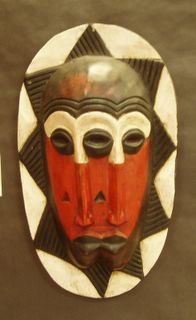On time for writing poetry. This week, a colleague, Terrance, and I were talking about poetry, journal writing and the lack of time . . . so I thought I'd look at what surrounds me as I drive to work each day. We had talked a little in humanities class about how prehistoric peoples must have been very aware of the weather; their lives often depended on "reading" the weather, while today we remain oblivious, most of the time, unless ice storms come. So I tried to look at the weather, to "read" it like my grandfather would (he was a cowboy in Wyoming at the turn of the century), by scanning the sky. Here's the weather report from this week, so far, written in bits each day as I drove to work.
October Weather Report
Early Tuesday morning,
clumps of clouds
hang low over the valley
as if they had fallen -- like stars,
like dreams too close to the earth.
On Wednesday, gray dimples fill the sky,
flecks of light at the horizon hint at the sun,
while trees shiver yellow.
Thursday, brilliant sun blinks and twins to moon,
traceries of cloud alternately hide and reveal the sun.
Wispy streamers of gray drift, filling up the sky.
Pale yellow bands light the edge of the world,
now yellow, gray and blue,
layered in morning harmony.
On Friday, what a curious mix of sky and dark cloud,
as if yesterday's god, Thor, Norse god of Thunder,
slumbered amid rumpled gray clouds along the horizon,
ignoring that one bolt of bright sun above,
dreaming of what giants, what wild nights,
lost in the morning,
as rain smudges the line of hills
where earth meets sky.




